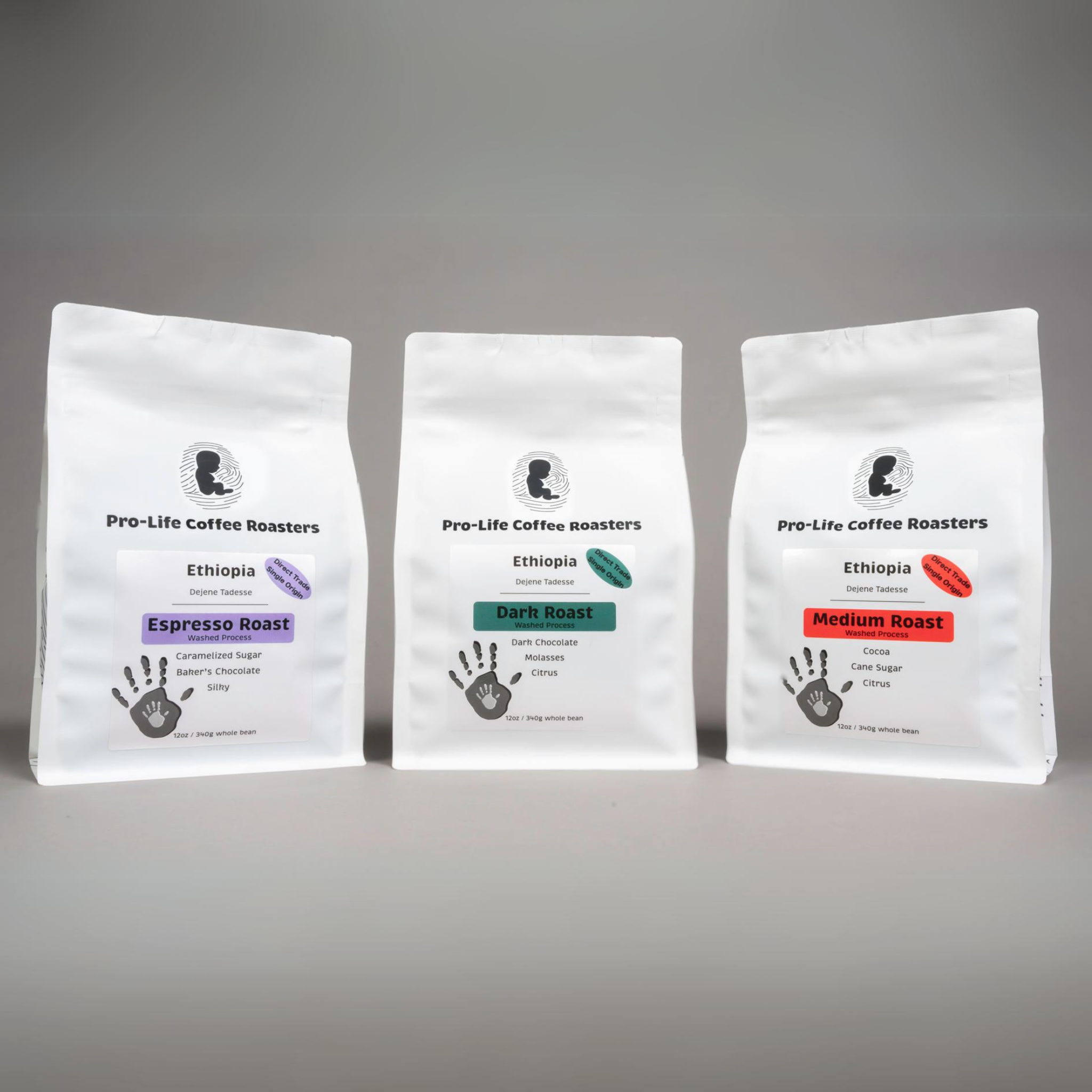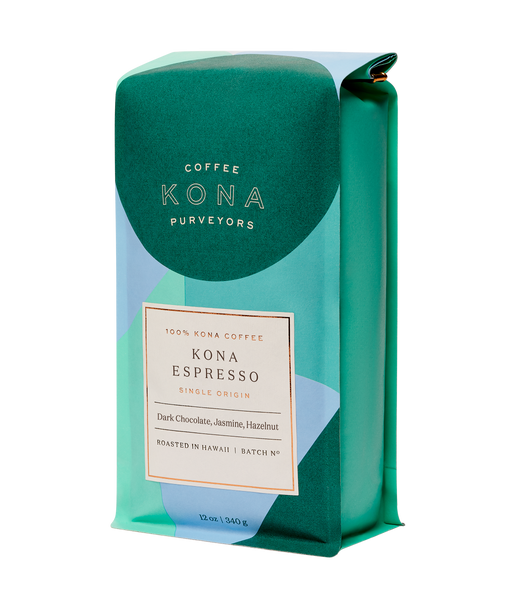Pairing Food and Desserts with SOE Single Origin Espresso
Pairing Food and Desserts with SOE Single Origin Espresso
Blog Article
Coffee Beans 101: Everything You Need to Learn About Coffee and Blended Coffee Beans
When it pertains to coffee, understanding the subtleties of espresso and mixed beans can change your day-to-day cup. You'll uncover the distinctive attributes of Arabica and Robusta beans, and just how each effects flavor and high levels of caffeine content. From the growing process to toasting techniques, every step contributes in your coffee experience. What makes the best mixture? Let's check out the vital aspects that add to a remarkable cup of coffee.
Understanding Coffee Beans: Types and Selections
When diving into the globe of coffee, understanding the kinds and varieties of coffee beans is essential for every fanatic. You'll primarily come across two main types: Arabica and Robusta. Arabica beans are recognized for their smooth, intricate tastes and lower caffeine material, making them a preferred amongst coffee aficionados. On the other hand, Robusta beans load a strike with a more powerful, much more bitter taste and higher caffeine degrees, usually utilized in espresso blends.
Within these types, you'll discover numerous local ranges, each bringing special features. For example, Ethiopian Yirgacheffe offers bright flower notes, while Colombian beans supply a healthy taste account. As you check out, remember to take note of processing techniques like washed or natural, as they can greatly affect the final taste. By acquainting yourself with these beans and their tastes, you'll elevate your coffee experience and make even more enlightened options in your brewing trip.
The Expanding Process: From Seed to Bean
When you check out the trip of coffee, all of it starts with seed selection strategies that set the structure for high quality. From there, growing and gathering play crucial roles in making sure the beans prosper. Finally, processing approaches change those harvested cherries into the coffee beans you enjoy.
Seed Choice Strategies
Selecting the ideal seeds is essential for generating top notch coffee beans, as it lays the structure for the entire expanding process. You ought to start by selecting seeds from trustworthy resources that prioritize quality and genetic variety. Look for varieties understood to grow in your particular climate and dirt problems. Focus on the seed's age and storage problems, as fresh seeds tend to germinate much better. When possible, choose natural seeds to decrease direct exposure to dangerous chemicals. Take into consideration the disease resistance of various varieties, as this can significantly influence your yield. Do not hesitate to consult with local farmers or professionals to obtain insights right into the best seed options for your region. This understanding will certainly boost your coffee-growing experience.
Farming and Harvesting
As you support your coffee seeds right into growing plants, comprehending the growing and harvesting process is important for attaining the finest taste and high quality. Start by planting your seeds in well-draining dirt, ideally in a shaded area to safeguard them from direct sunlight. As your plants expand, keep regular dampness, and bear in mind their requirement for nutrients. Prune frequently to promote air movement and healthy development.
When it comes time to harvest, try to find ripe cherries, which commonly turn a vivid red. Hand-picking is frequently the very best approach to guarantee just the ripest cherries are chosen. Timing is crucial; gathering too late or too very early can impact the flavor account of your beans. Embrace perseverance and care, as this is where high quality starts.

Handling Methods Described
Once you've harvested your coffee cherries, the following important step is refining them to change those vivid fruits right into the beans you'll make. In the dry process, you spread the cherries out in the sun to completely dry, enabling the fruit to ferment and present one-of-a-kind flavors to the beans. Comprehending these methods is key to appreciating your coffee experience.
Roasting Strategies: Just How Taste Is Established
When it pertains to toasting coffee beans, recognizing roast degrees is crucial to exposing their one-of-a-kind tastes. Each roasting method effects the fragrance and improves the flavor growth process, providing you a richer coffee experience. Allow's explore just how these variables come together to elevate your everyday mixture.
Roast Levels Discussed
Roast levels play an important duty fit the taste account of your coffee. When you select a light roast, you'll enjoy bright level of acidity and fruity notes. As you transfer to a tool roast, you'll discover an equilibrium of sweetness and intricacy, typically highlighting chocolate or sugar flavors. Dark roasts, on the various other hand, provide bold, great smoky attributes with less level of acidity, making them abundant and robust. Each level arises from different roasting times and temperature levels, affecting the beans' chemical composition. By recognizing these degrees, you can much better select a coffee that matches your preference preferences. Experiment with various roasts to discover which one reverberates with you, enhancing your general coffee experience and enjoyment.
Influence On Fragrance
The roast degree not only influences the preference of your coffee but likewise considerably affects its fragrance. Each toasting method releases various unpredictable compounds, shaping just how your coffee scents. Furthermore, the freshness of the beans plays an important duty; newly roasted coffee releases much more fragrant oils, boosting that luring fragrance.
Taste Advancement Process
As you discover the flavor growth procedure, you'll discover that roasting strategies play an important role in shaping the taste account of your coffee. The roasting temperature level and time directly affect the level of acidity, sweetness, and resentment of the beans. Light roasts retain more of the bean's original tastes, highlighting floral and fruity notes.
Coffee vs. Blended Coffee: Secret Differences
Espresso and blended coffee each deal one-of-a-kind experiences that satisfy various preferences and preferences. Espresso is a concentrated coffee brewed forcibly warm water via finely-ground coffee beans, resulting in a rich, view bold flavor and a velvety layer of crema on the top. It's frequently taken pleasure in as a shot or made use of as a base for beverages like coffees and cappucinos.
On the other hand, mixed coffee integrates different beans from different areas, creating a more balanced taste account. You'll usually locate blends that highlight body, level of acidity, or sweet taste, making them functional for different brewing techniques. While coffee concentrates on strength, blended coffee may use a broader variety of flavors that can alter with each sip.
Eventually, your selection in between coffee and blended coffee boils down to your personal preference. Whether you crave a quick shock or a leisurely cup, both alternatives have something delicious to provide.

Brewing Techniques: Unlocking the Perfect Cup
When it comes to developing coffee, finding the right method can change your experience and raise your mug. Each developing technique has its distinct beauty and can greatly affect your coffee's flavor and scent. Making use of a French press permits you to take pleasure in a full-bodied and rich mixture, while a pour-over method supplies a clean, intense mug with distinctive tastes.
If you prefer espresso, purchasing a top quality device can help you understand the art of pulling shots. Conversely, for comfort, a single-serve sheathing system provides speed without compromising taste.
Don't fail to remember regarding cool mixture, which provides a smooth, less acidic coffee perfect for hot days. Experiment with various methods to find what reverberates with your taste.
Sampling Notes: Identifying Taste Profiles
Just how can you truly appreciate your coffee if you do not understand what flavors to look for? Tasting notes are your overview to recognizing the complex globe of coffee. Some coffees may leave a chocolatey or caramel aftertaste, while others may have an intense, tidy surface.
Think about the body of the coffee, as well; is it light and airy or thick and syrupy? Do not fail to remember level of acidity; an intense acidity can include sprightliness, while a low acidity may provide a smoother experience. By recognizing these taste accounts, you'll deepen your link with each mug, making coffee sampling a wonderful journey of exploration.

Tips for Selecting and Storage Coffee Beans
Choosing and storing coffee beans effectively can considerably boost your brewing experience. Start by choosing top quality beans that match your preference. Search for quality; beans baked within the last two weeks are perfect. Examine the roast day on the packaging, and get from regional stores or trusted roasters.
As soon as you have your beans, store them in an impermeable container to stop direct exposure to moisture, light, and air. A dark, awesome location works best, so stay clear of maintaining them in the refrigerator or fridge freezer, as this can present wetness. Just grind the amount you require to keep freshness; entire beans retain taste longer than pre-ground coffee.
Lastly, try to use your beans within 2 to four weeks after opening for peak preference. Adhering to these suggestions will ensure your coffee remains pleasurable and flavorful, raising your daily mixture to brand-new heights.
Frequently Asked Questions
For How Long Do Coffee Beans Stay Fresh After Toasting?
Coffee beans remain fresh for concerning 2 weeks after roasting - SOE. You ought to keep them in an airtight container, away from light and wetness. After that, their flavor and aroma start to reduce considerably

Can I Mix Different Coffee Bean Varieties?
Definitely, you can mix different coffee bean selections! Trying out blends can improve flavors and develop a special taste profile. Simply make certain to stabilize the strengths and attributes of each range for the ideal outcomes.
What Is the Ideal Work Dimension for Coffee?
For espresso, you'll want a fine grind dimension, concerning the structure of common salt. This permits ideal extraction, causing an abundant, delicious shot. Experiment a little bit to discover what fits your taste best!
How Does Altitude Affect Coffee Bean Taste?
Altitude impacts coffee bean flavor by influencing the development rate and chemical structure. Greater elevations cause slower maturation, which improves level have a peek here of acidity and complexity, offering your coffee a vivid and special taste you will not forget.
Are There Decaffeinated Versions of Espresso Beans?
Yes, there are decaffeinated versions of espresso beans. You can appreciate a rich espresso taste without the high levels of additional info caffeine kick. Just try to find "decaf" blends at your local coffee shop or specialized shop.
Coffee Beans 101: Whatever You Required to Know Concerning Espresso and Blended Coffee Beans.
When diving into the globe of coffee, understanding the kinds and varieties of coffee beans is crucial for every lover.When it comes to toasting coffee beans, recognizing roast degrees is key to exposing their one-of-a-kind tastes. Espresso is a concentrated coffee brewed by requiring warm water via finely-ground coffee beans, resulting in a rich, strong taste and a creamy layer of crema on top.On the various other hand, combined coffee combines different beans from different regions, creating a more balanced flavor profile.
Report this page